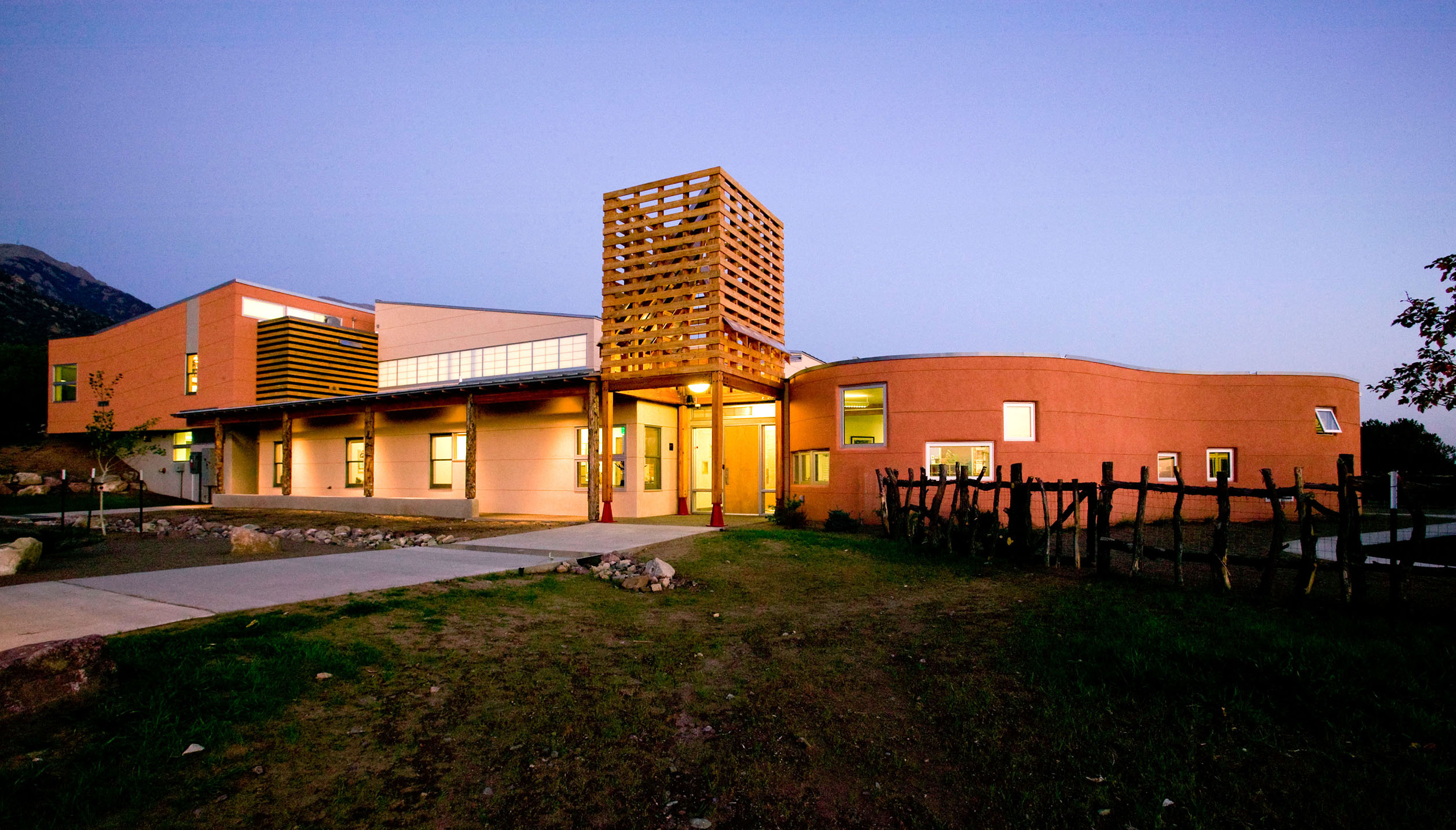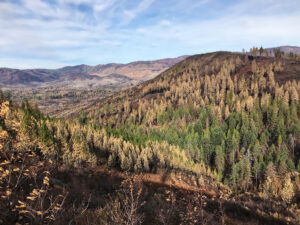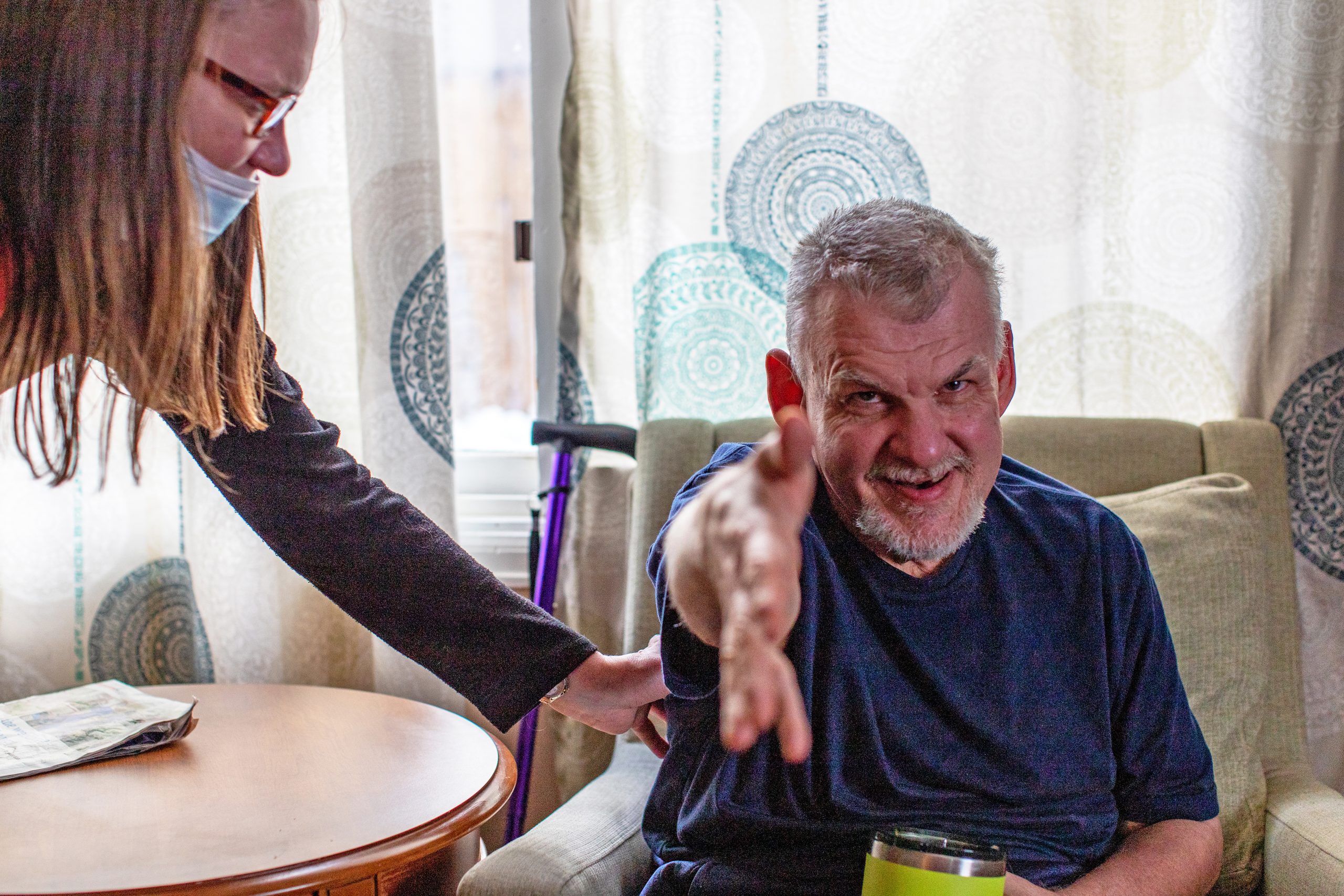
IMAGINE PACKING A BACKPACK and checking a gear list that includes sunscreen, extra socks, water bottles, hat, hiking boots and various layers of clothing. Then envision loading up into a travel van with eight classmates and driving the westbound prairie route out of the Sangre De Cristo Mountains and across Colorado to the Four Corners — final destination, Mesa Verde. You are here to delve into a couple of nights of fieldwork, learning literacy and social studies skills focused on Colorado history. You are also engaging in setting up tents, cooking meals and sleeping under the stars.
All of these experiences, yet you are a fledgling kindergartner, just 5 or 6 years old. The experiential way of “doing school” is not common in our current educational world, one of schools filled with desks in rows, flashcards, test scores and college acceptance letters. For the Crestone Charter School students, a combination of factors creates unending possibilities. Geographical location, charter school status, dedicated staff and leadership, and the shared vision of striving to educate the whole child makes this one a special corner of the world. Similar to the famous conglomerate “Rock of Ages” found in Crestone, this little-known program is a combination of various structures, all held together by the sheer will of teachers, parents and students who want an education that is different from the status quo. Simply put, since 1996 the Crestone Charter School has lived their mission, providing an experience that “nurtures each student’s sense of wonder and natural desire to learn.”
“Most people are really excited about our travel program,” shared Thomas Cleary, director and former teacher. Throughout the school year, students of all ages go on multiple overnight trips. The trips are tied to the curricular materials students are immersed in. Cleary described the high school trip this spring as “a connection to colonialism, part of the high school students’ civics standards.” The students will travel to Hawaii March 8-16, not only studying it from the lens of Hawaii as a colony but also as a modern experience, even doing community service on farms during their stay. The 5- and 6-year-olds are currently ramping up for an extended overnight camping trip to Mesa Verde this spring; however, they have already experienced overnight trips earlier in the year with dorm-style camping.
“Of course we have so many parent volunteers on these trips. We couldn’t do it without them,” Cleary explained.
The middle-years students, grades six through eight, will be traveling to South Dakota as part of their history standards. While all students travel, typically the younger students stay in the San Luis Valley while middle-years students travel throughout Colorado. For high school students, “We like to alternate domestic and international trips each year but the pandemic has put a hitch in it,” he shared. “We will get back to it.”
As is true with most small schools, scheduling and budgetary intricacies require the support of the surrounding community to really offer a variety of opportunities to all students. CCS has, for the last two decades, served their students’ elective class needs through a community-based mentorship program. Students can share requests, and Cleary and his staff will match them with people in the surrounding community. And interested mentors in the Valley can share their expertise with the school and student matches can be made. Two days out of the week, the secondary students spend their afternoons connecting with their mentors, learning the skills as small groups or in one-on-one environments. Within the two-hour span, students connect with multiple mentors or dive deep into an area of interest. “It is vocational, but really individualized,” Cleary pointed out.
The mentors are a wide variety of local artisans, language experts, circus performers, AmericaCorps volunteers and trail-restoration trainers; there is even a connection to CNC (computer numerical control) woodworking. To extend the mentorship program, students can also tap into concurrent enrollment classes where they earn college and high-school credit at the same time at no cost to the student. Adams State University, Colorado Mountain College and Trinidad State Junior College offer classes online, typically synchronously, meaning students can participate in real time with other distance learners, all while staying in
Crestone.
Eight years ago CCS was awarded a Building Excellent Schools Today grant to create a school more fitting for their mission. The program moved from double-wide trailers on the outskirts of Crestone into its heart and into a platinum Leadership in Energy and Environmental Design (LEED) certified building. Environmental impact is a large part of the CCS mission, and as such, the design of the building embraced the natural resources of the surrounding environment. According to BG Building Works, a solar thermal heating array coupled with a small electric boiler was installed. This solar array and the associated heat sink located under the school provide heating throughout the year, a cost savings to the school. “Over the course of a year, the building itself is 90% carbon neutral,” explained Cleary.
The desire to lessen the school and students’ environmental impact will take the program to the next level in the coming years. The Eastern San Luis Valley Trails Coalition will join with the San Luis Valley Great Outdoors, the Town of Crestone, the Baca Grande Property Owners Association and the Colorado Department of Transportation. The goal is a Safe Routes to School initiative that will create a trail system allowing students to walk or ride bikes to the school all the way from the farthest reaches of Baca Grande. “The trail literally comes to the back door of the school,” shared Cleary. “Right now there is a social trail — the goal here is to formalize it.”
While the CCS serves the Town of Crestone as well as Baca Grande, the main housing organization nearby, some parents choose to bring their students from the wider valley just for this program. Seventy-six students, ranging from kindergartners to high school seniors, currently attend CCS; there is a total program capacity of 108. The school has a lottery-based enrollment and is chartered under the Moffat Consolidated School District. “We have a really strong relationship with the District — sharing of resources, professional development, technology. It feels really connected, supportive,” said Cleary.
From Mesa Verde 13 years ago to Wilderness First Responder courses, avalanche awareness fieldwork, whitewater rescues and everything in between, CCS graduates can truly say their educational experience was incomparable to traditional schools because, whether it is the upper-ages ski program at Monarch or the younger students’ taking swimming lessons at Hooper Pool on Fridays after their four-day school week, the student experience at the Crestone Charter School mirrors the uniqueness of Crestone itself. “We work on a proficiency-based model. We aspire to the experiential approach, to match concepts to context,” explained Cleary.
Anyone with an interest in being a mentor or learning more about the school can visit crestone-charter-school.org or email Cleary at tcleary@crestonecharter.org.
Starr Hill was raised off the grid in tipis and old mining cabins between Fairplay, Como, Hartsel and Leadville. Now a teacher, she is raising a family of her own and working on a memoir of lessons she learned growing up off the grid.
This article is sponsored by PJ and Merrell Bergin.



